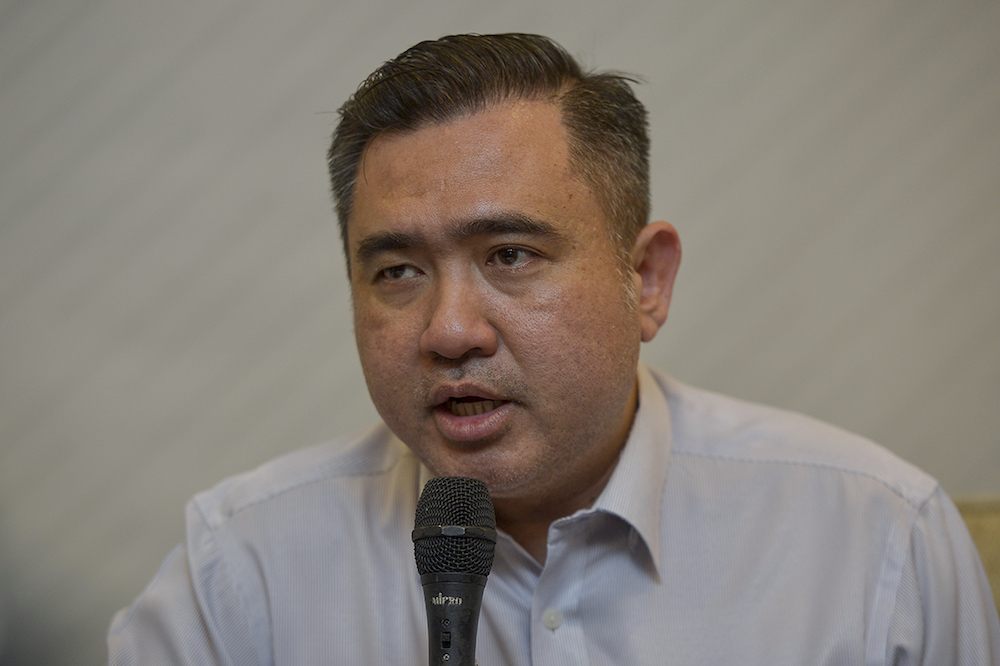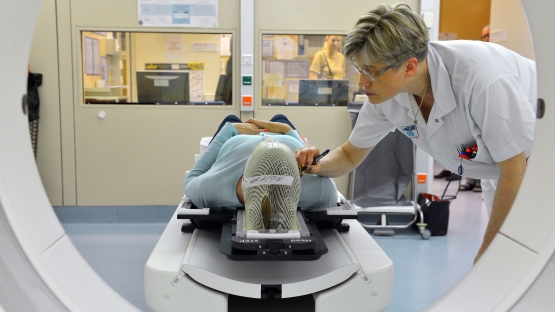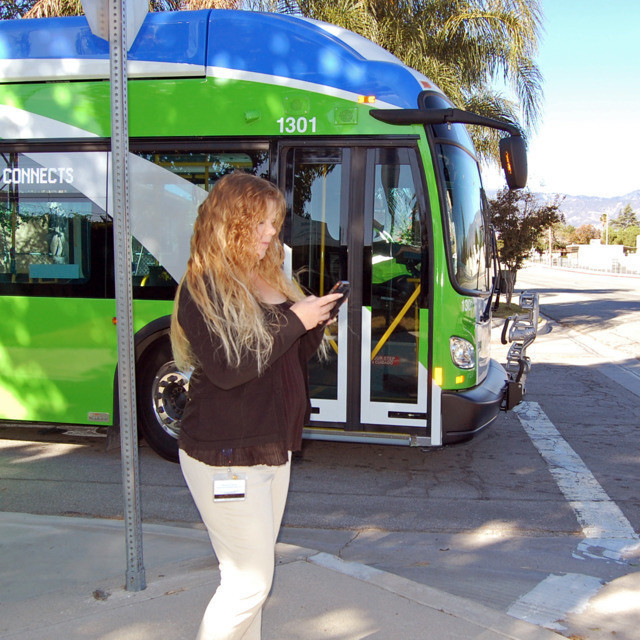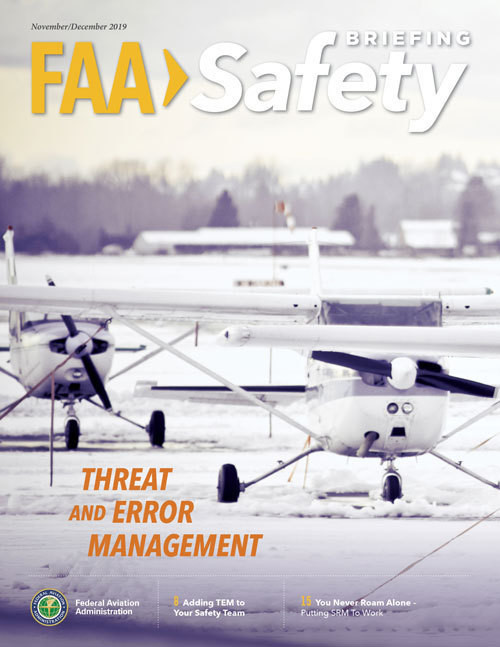Safety Culture in the News
Incident Management Follow up Lessons
Durham, NC fire chief cites lessons learned from deadly gas explosion
DURHAM, N.C. (WTVD) – Seven months after Durham’s deadly gas explosion, Durham Fire Chief Robert Zoldos is reflecting on his team’s response, which he says went extremely well.
A total of 97 firefighters responded to the chaos.
Zoldos said that for most of them, it was their first major disaster.
“I learned a lot about my staff. I was relatively new. I had just been here a few months when this happened,” Zoldos said.
Two people died and 25 people were injured. Nine firefighters were hospitalized, including Darren Wheeler, who was seriously injured.
“We’re thrilled to have him back. That was really the scariest moment for us. To possibly lose someone in the line of duty,” Zoldos said. I think there’s a lot of learning all of us could do as far as how to command control of such a big incident.”
In a newly released report, Zoldos highlighted 11 ways his team plans to improve safety and response.
Among the top priorities:
All firefighters must wear the proper protective gear to keep them safe when responding to a hazmat scene, explosion or building collapse.
That did not happen on April 10. Some wore borrowed gear.
Effective immediately, more units will respond to the smell of gas downtown or in densely populated areas.
Rich Meyer, a Carolina Livery bus driver was parked across from the explosion on North Duke Street which, Chief Zoldos says was partially shut down. Moving forward, he said firefighters will feel empowered to fully close streets.
“Us stopping it a little earlier - 30 minutes earlier might have had a little bit more safety for us and we would not have had to worry about people in the street as well,” he said.
Zoldos said the department needs a total of 75 firefighters to meet national and federal safety standards. He’s working with the city to hire 15 each year during the next five years.
Workplace Wellness and Safety in Municipal Workers
Research Team Offers Healthy Take on Workplace Wellness Programs
In a national survey of workplace wellness programs in municipal governments, researchers from The University of Texas at Dallas identified five best practices that reduced health care costs and improved productivity.
…The UT Dallas team identified five components of successful programs that reduced health care costs and improved productivity:
Workplace safety education and awareness programs are significant factors. Conscientious employees who understand risk help to prevent injuries and subsequent hospitalizations, Kiel said.

Forklift Safety in the UK
Forklift Safety: It’s no accident
National Forklift Safety Convention focuses on the need for front-line leadership and a culture of trust The presentations may have been diverse but a single, powerful theme ran through this year’s National Forklift Safety Convention: the need for strong, authentic and engaged management creating an environment where staff feel heard, valued, and genuinely involved. The result is a virtuous loop where all feel free to speak openly and honestly in order to sustain a common and evolving safety culture.
Organised by the Fork Lift Truck Association and attended by hundreds of managers and supervisors from all sectors, the award-winning event was opened by FLTA Chief Executive Tim Waples, who gave a poignant address. Calling for an industry-wide change in attitude, he said: “An ‘accident’ sounds apologetic, like it’s just one of those things that couldn’t be helped, but the truth is all ‘accidents’ can be prevented.”
UK offshore wind power
Health and safety on UK offshore hub agenda
“It is fitting that with the OWIH roadmaps we now take these considerations into account when assessing the future priorities for our sector.”
G+ general manager Kate Harvey said: “We welcome the inclusion of the new criteria as a consideration when deciding the innovation priorities for the offshore wind sector.
“The health and safety performance of the sector is improving, even as the industry sees a continuing increase in installed capacity – a sure sign of a mature sector with an improving safety culture.
A Small Company Safety Culture
PQ Corporation-Pineville Plant is 29th Business of the Year
The plant has been operating in Pineville since 1969 and has a staff of 11.
The plant operates 24-hours a day 365 days a year with a true safety-first culture. Bunting explained this means any employee is authorized to stop plant activity immediately if a safety issue is discovered. Once shut down, the situation is assessed with input from all on hand before taking any next steps, he added.
This does not happen often but contributes to a commendable and rare safety record of over 50 years without a lost-time injury and 19 years without an OSHA recordable safety incident.
Besides the enviable safety culture and focus on quality products, PQ Corporation and the Pineville Plant demonstrate significant commitment to local community service and support. They serve as Tioga Elementary’s Partner in Education, providing ongoing resources for student of the week awards and for student participation in various school activities, and regularly meeting and greeting students and coaching.
How fast casual workers can avoid 3 common injuries
How fast casual workers can avoid 3 common injuries
While many employers assume everyone understands how to protect themselves from injury, having a formal employee safety training program and developing a positive safety culture should be part of every fast casual restaurant’s operations plan. Some workers’ compensation insurance carriers offer their policyholders 24-hour access to an injured employee-hotline that connects injured workers with registered nurses who can provide guidance in real time over the phone.
New Zealand hospital reporting system
MidCentral reports double the mistakes from a year ago
Another influence was the board’s Speaking Up For Safety programme, which encouraged people to talk about practices or behaviour they saw that could result in poor outcomes for patients.
“We would expect any safety initiative to raise awareness and result in increased reporting.”
She said it was part of “a healthy safety culture, and supports ongoing learning and improvement”.
Ten of the incidents recorded related to falls, one was about medication management and one was an associated infection.
The board also reported nine serious adverse events from Mental Health and Addictions Services, which are collated separately.
A Rocket Exploded and Almost Sunk a U.S. Navy Aircraft Carrier
A Rocket Exploded and Almost Sunk a U.S. Navy Aircraft Carrier
Two deadly collisions involving U.S. Navy destroyers in June and August 2017 may have cost the lives of up to sixteen sailors, leading the Navy to declare a day-long operational pause to reflect upon its safety culture. That such similar accidents took place in such close proximity reflects stresses and failings common to the maritime fighting branch.
In the 1960s, the Navy also suffered a series of deadly accidents aboard its carriers. In their wake came major reforms addressing the inherent dangers of operating ships packed full of explosive munitions, fuel and jet planes. This three-part series will examine why each of the accidents occurred, how the crew responded and the lessons that were drawn from the tragedies.
Malaysia Transport Ministry calls for safety videos to be aired on tour and express buses
Transport Ministry calls for safety videos to be aired on tour and express buses
SEMENYIH, Nov 11 — The Transport Ministry today called on tour and express bus operators to ensure safety videos were aired on board, for the benefit of passengers.
Minister Anthony Loke Siew Fook said the videos would help passengers be aware of action required during an emergency, besides encouraging them to wear their seat belts.
While seat belts are not yet compulsory for bus passengers, inculcating a seat belt-wearing culture is nevertheless important, the minister said, expressing the hope that bus operators would encourage such efforts through the airing of safety videos.
Referring to creative safety videos aired on various airplanes he had boarded in the past, Loke said such efforts served to attract the attention of passengers and inculcate safety awareness among them.

Online Course on Radiation Protection
IAEA Launches Spanish Version of Online Course on Radiation Protection of Radiotherapy Patients
The five-hour course comprises 12 modules that aim to help participants improve their understanding of safety and quality. It highlights techniques that can reduce and avoid incidents in radiotherapy and the value and use of incident learning systems. It also emphasizes safety culture and tools that can enhance safety in radiotherapy. Participants that pass the final examination can receive a certificate of completion.

Developing pilot pathways
How a 12-year-old recruitment program developed by Jazz Aviation is being leveraged within a new collaboration between Toronto Airways and Seneca College to foster future flight instructors
Purves served as an instructor with Jazz and understands the need for such professionals to build an airline’s safety culture. “We saw a need for highly qualified instructors to be retained at these schools to develop new students who were coming through,” he says. “We wanted to show there is an opportunity or pathway for instructors to be able to come to Jazz.” Purves explains becoming an instructor allows someone to learn more about their professional skill set and pass it along, continuing a critical cycle.
Safety leadership at every level
Safety leadership at every level
Establishing and maintaining health and safety in the workplace requires genuine commitment from an organisation – and that starts with your leaders. Ai Group explains. … A safety journey and positive safety culture is not reliant upon one person, it involves the entire business. A vision where safety is valued, enforced, and acted on daily is necessary. Valuing coming to work and working safely is a responsibility everyone should have regardless of business size, culture, gender, and industry.
Safety at Hotels
Safety at Hotels: Key Points that ensure the development of a Hotel’s Safety Culture
At the same time, however, the Safety issue and the way it is communicated to hotel guests is an issue that needs discrete management, as the travelers wish to be protected, without however underlining the possible risks that may disturb their stay. Hotels are transformed into travelers’ “temporary homes” and the whole safety issue should be implied and not highlighted.
On the other hand, Safety at Hotels is an issue that should concern the hoteliers more, since from a purely business point of view it is a key point to ensure the proper functioning of the accommodation and the property itself. In such a business as a hotel, which is an active community that operates 360 days a year and 24 hours a day, prudence is required beyond each country’s safety requirements. In other words, any precautionary measure must be taken with a sense of benefit rather than just legal cover.
Australian transport reform
PRODUCTIVITY COMMISSION DRAFT REFORM REPORT ACTION CALLS
The Productivity Commission’s to do list for COAG is: - accelerating reform of infrastructure planning and management, including the Heavy Vehicle Road Reform agenda and trials of road user charging - removing unjustified derogations and grandfathering, using risk-based assessments of the evidence - strengthening the safety culture of industry through education and regulatory incentives for capable businesses to switch from ‘tick the box’ compliance to accredited, risk based safety management systems - realising the full potential of new data technologies to improve safety and productivity removing regulatory barriers — such as some Australian Design Rules — to the early adoption of new technologies which can lift productivity and improve safety.
New Zealand Innovative Business and Safety Culture
EastPack crowned Business of the Year at the Westpac Tauranga Business Awards
EastPacks journey to change their health and safety culture over the last few years is something the judge could not look past.
“Of the many things they have implemented, is technology solutions to eliminate people and forklift interaction risk by use of stacking robot and an automated storage and retrieval warehouse system,” Hitchfield said.
emerging_tech
A robust safety culture enhances an entire system
But in order to create a strong safety culture, Omnitrans doesn’t stop at introducing more programs and initiatives. The agency works to develop a safety culture beyond technology with constant and consistent communication and by rewarding those who achieve safety milestones. Thanks to these efforts, the agency sees reduced preventable accidents and, in turn, reduced costs. According to the American Public Transportation Agency (APTA), Omnitrans now averages approximately nine million revenue miles annually with about 121,000 miles between preventable accidents.
www.masstransitmag.com/safety-se…
public_transit

Never Waste a Mistake

To Err is Human
For this reason, both the FAA and the aviation community are constantly looking for ways to eliminate these problems entirely wherever possible. That’s the context for work that the FAA does in our CAST (Civil Aviation Safety Team) and GAJSC (General Aviation Joint Steering Committee) partnerships with the aviation community. It is also a fundamental premise of the FAA’s Compliance Program, which recognizes that we should never “waste a mistake” by punishing people who are trying to comply with regulations and risk management principles. Rather, the Compliance Program seeks to enable both the FAA and the aviation community to use unintentional deviations to learn what went wrong, identify the root cause, and develop a sustainable fix that makes the entire National Airspace System (NAS) safer.
GeneralAviation Government